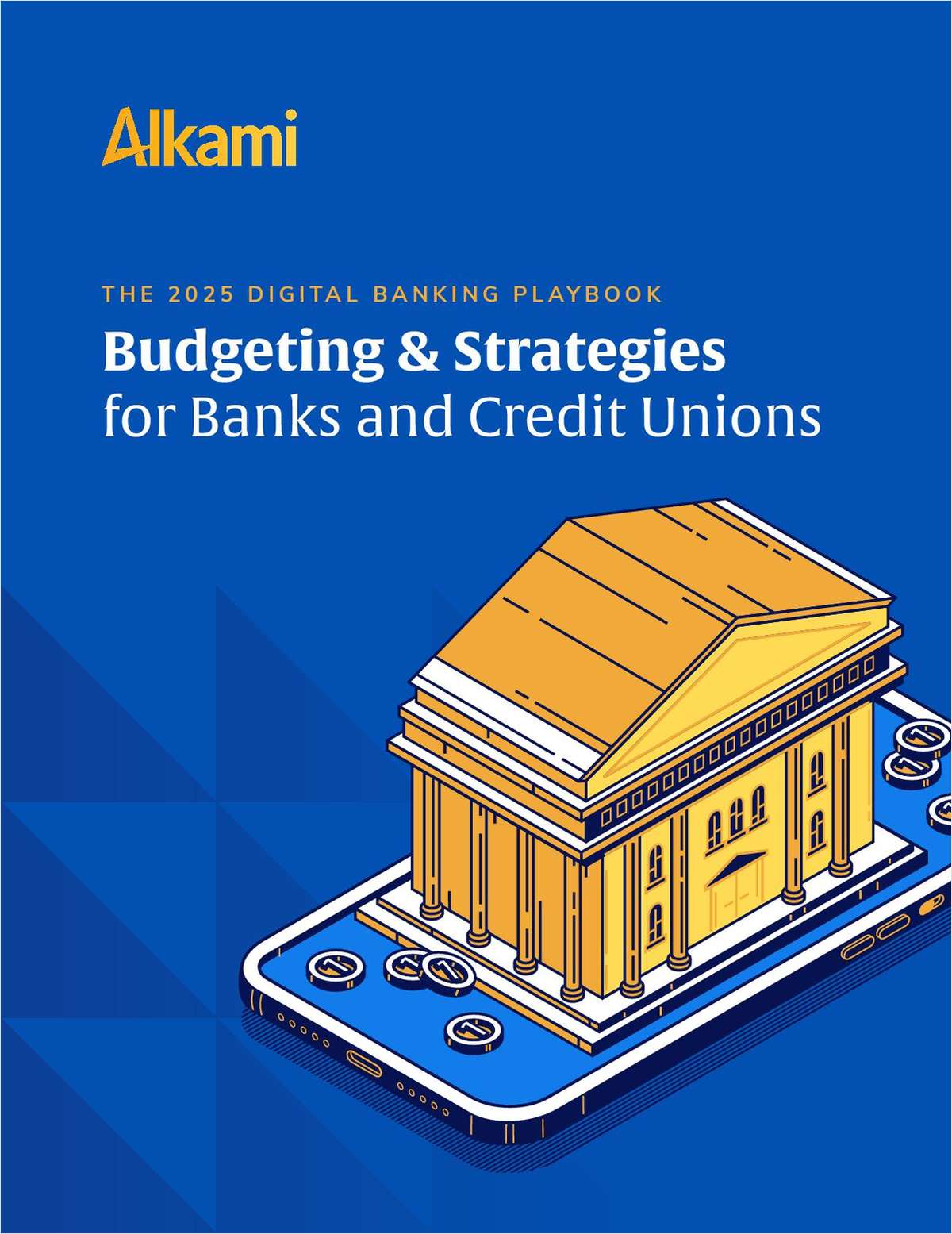SAN FRANCISCO – With the number of recent exits of high-profile CEOs from credit unions, the question of what's really going on behind the scenes conjures up a number of reasons why firings and resignations happen in the first place. Many of the answers start squarely at the sometimes contentious, often unstructured and even elusive relationship between the CEO and the board of directors, most industry experts agree. It's through this alliance that either a breakdown in communication and expectations have occurred or were never expressed early on. Still, when sudden "resignations" are abruptly announced, the industry bristles with speculation as nervous conversations give way to thoughts of `could I be next?' "Everyone's time frame is shorter and the CEO's job is much different than it was five to ten years ago," said Hal Carroll, a partner with McGladrey & Pullen, LLP, a leading CU CPA firm with more than 700 clients. "CEOs are getting paid significantly higher salaries than they were years ago and boards figure if the CEO is being paid a nice salary, there needs to be more bang for the buck." For the most part, when CEOs do leave a credit union, more often than not, they have found another legitimate opportunity perhaps at a larger credit union, experts point out. Retirement is another sound reason for departure even if some might question if the retirement was a forced scenario as has been the case in a few recent instances. By far, performance-related reasons are not the primary driver of the changing of the guard as evident of a recent Credit Union Times online poll. Of the 545 respondents who were asked why credit union CEOs are fired, nearly 44% said because he or she falls out of favor with the board for reasons other than performance. Surprisingly or not, 20% felt someone behind the scenes was working to become the CEO and 24% tied firings to how the credit union performed. Nearly 12% felt the board needed to make a change. But are the recent exits a sign of something bigger? "There is no conspiracy theory behind this," Carroll said. "These things will continue to happen because on the surface some credit unions may appear to be operating soundly but over the long term, there may have been problems with lending or a data processor conversion that went poorly or too many unreconciled accounts. These things tend to snowball." Four areas consistently show up in good and bad board-CEO relationships according to Board-CEO Relationships: Successes, Failures, and Remedies, a study published in 1996 by the Filene Research Council: trust between the board and the CEO; micromanaging; board role clarity; and building communication and trust. While communication and conflict resolution work best early on in a poor relationship, their effectiveness declines dramatically when the relationship has deteriorated, the study found. While CEO firings and board turnover were seen as corrective actions, the steps are not considered effective if they fail to address and correct characteristics of the "survivors" on the manner in which they conduct CEO and board relationships. "Firings should almost never be a surprise," said Bob Hoel, Filene executive director. "We've discovered that the CEO evaluation process is weak to non-existent. The board's key role is to manage the CEO relationship and if he or she doesn't know what's expected of them, that's a clear failure on the board's part." On the other hand, Hoel emphasized that sometimes CEOs just don't have the capacity to take the credit union to the next level despite attempts to do so. The decision shifts to possibly bringing someone in or promoting internally a candidate that can move the credit union forward. Unfortunately, most boards do not function well, even though good, even very smart, well meaning, and experienced, people serve, said Jim Cardwell, president of the Cardwell Group, a organizational analysis and leadership design consulting firm. Boards frequently seem to err either by over-managing or micromanaging constantly second guessing the CEO, or they swing the other way and become passive, "advisory" in style, rubber-stamping CEO requests and actions. "Some vacillate along from one style to the other, governing by asking questions, not feeling good about how they are governing and not knowing why," Cardwell said. "They may possibly even be adversarial with the CEO." CEOs, on the other hand, often feel the board is a necessary arrangement that must be "managed or manipulated, spoon fed information, and controlled," Cardwell said. Neither is correct nor healthy. Neither these boards nor their CEOs have a clear idea of the proper role and conduct of the board, although they may want more sound governance. The reality is sometimes it is necessary for a board to fire its CEO and a board is to be commended for taking the responsibility of ensuring that the organization has the right CEO, most agree. On rare occasions, everyone on a board agrees that the CEO should be fired, such as in instances of embezzlement or unethical behavior. But more often, over time board members increasingly get indications that the CEO is either not doing the job or causing problems along the way. "If you go back and look at the senior management team and find significant turnover at the top, that's an obvious red flag," said David Hilton, president of D. Hilton Associates, Inc., a credit union management consulting firm. Hilton said a downturn in assets or membership, stagnant loan growth and "reserves that have gone down the drain," are all common rumblings beneath the surface of an otherwise "healthy" credit union. The prospect of an open conflict is so dismaying that a CEO may choose to resign when their terms expire, Carroll said. Dissatisfaction with the CEO often appears first as rumblings, such as a staff member complaining to a board member about morale, or committee members confiding their concerns to one another. Ideally, when those rumbling starts, the board should hold an executive session and establish an investigative committee to clarify the content and extent of the dissatisfaction, and determine what general approach is appropriate, most agree. Above all else, the CEO should be given the opportunity to improve a situation if her or she has a proven track record, Hoel said, adding the CEO plays just as strong a part in keeping the lines of communication fluid and open. "If you find you have strong reservations about whether the CEO's performance is satisfactory, the board should establish a committee to work more closely with the CEO in a supervisory capacity," Hilton agreed. "Beginning with letting the CEO know the extent of dissatisfaction on the board, the committee can document the problems and take steps to improve the (his or her) performance." If performance doesn't improve over time, and the board fires the CEO, the ongoing documentation can help deter a lawsuit against the credit union by the former CEO, most industry experts advise. No level of documentation can guarantee that a lawsuit won't be brought, but a CU holds a stronger position in court and in the community if personnel policies have been followed, if steps have been taken to improve performance, and if those steps are documented as having failed. After all solutions have been exhausted through careful investigation and deliberation and a board feels strongly that a CEO should leave the credit union, the directors will often suggest a resignation to save face. "Many CEOs under pressure prefer resignation to being fired, and some board members feel that a resignation leaves the organization in a better light than a termination does," Carroll said. What typically happens following the board's decision is the documenting of any severance pay and any remaining tasks to be completed by the departing CEO. A prudent credit union will immediately develop a straightforward explanation for the resignation, which should be communicated to staff, volunteers, members and others in the community. What are the steps to avoiding an abrupt CEO termination? They vary, depending on who's asked but generally preventive measures establish clear guidelines and reinforce expectations. John Carver, founder of the "policy governance" model implemented by hundreds of corporate and credit union organizations to "ensure that (they) achieve board-stated goals and conduct themselves with probity," said the credit union CEO turnover rate is about as bad as the rate for teachers. "In any organization, boards are obligated to be clear about their expectations," Carver said. "CEOs tend to be let go because they failed to follow standards that were never communicated by the board." Policy governance is still a "primitive art," Carver explained and implementing change will not happen overnight. "We have to go back to the drawing board to build sound leadership," Carver said. "When the board's top interest is not the members even as the credit union is performing well, the setup up for failure and turnover will be greater." [email protected]
Complete your profile to continue reading and get FREE access to CUTimes.com, part of your ALM digital membership.
Your access to unlimited CUTimes.com content isn’t changing.
Once you are an ALM digital member, you’ll receive:
- Breaking credit union news and analysis, on-site and via our newsletters and custom alerts
- Weekly Shared Accounts podcast featuring exclusive interviews with industry leaders
- Educational webcasts, white papers, and ebooks from industry thought leaders
- Critical coverage of the commercial real estate and financial advisory markets on our other ALM sites, GlobeSt.com and ThinkAdvisor.com
Already have an account? Sign In Now
© 2025 ALM Global, LLC, All Rights Reserved. Request academic re-use from www.copyright.com. All other uses, submit a request to [email protected]. For more information visit Asset & Logo Licensing.









